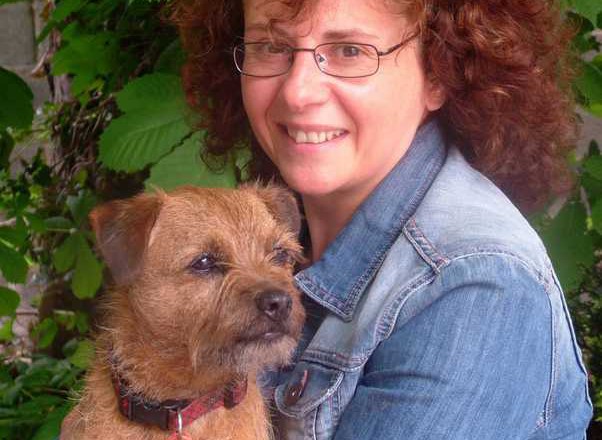
Dog-napping is on the rise, with more and more pets being stolen from suburban gardens and homes across Ireland. The thieves either sell the dogs on for profit, or attempt to extort a “reward” from the owners. Bobby’s story is a typical example of this worrying modern phenomenon.
Fiona lives in an affluent, peaceful suburb in South Dublin, where crime rates are low. Her garden is well fenced-in, and the only public access is by the front gate, which is always closed. She has one other dog, a large German Shepherd called Sam, who is a vocal and aggressive defender of the property. Sam needs to be locked away before visitors are allowed up the driveway. Fiona was astonished that somebody was able to reach over the gate and grab Bobby without drawing unwanted attention from Sam. She feels that somebody must have staked out her home beforehand, timing their incursion carefully, when Sam was in another part of the garden. Bobby is a friendly little dog, and he loves treats. It would have been easy for a passer-by to tempt him over with a tidbit, then to pick him up and carry him away under their jacket.
Fiona had been peacefully gardening with her dogs ambling around nearby. When she noticed that Bobby was missing, she at first presumed that he had somehow escaped, even though there were no possible escape routes, and he had never done this before (nor had he shown any inclination to wander). She immediately called a friend, and together they searched the streets for a mile in every direction, calling Bobby’s name, and checking laneways. There was no sign of him.
When Bobby was still missing by the following morning, Fiona was distraught. She put all of her energy into efforts to locate him. She launched a campaign to get the word out that a Border Terrier had been lost. She made up posters, carrying his photograph and the offer of a reward, and she put them up in shop windows, petrol stations and other local community meeting places. She phoned in a notice to the Evening Herald classified advertisements. And she telephoned anybody she could think of who might be able to help. The local gardai stations, dog pounds, veterinary clinics, pet shops and animal welfare groups were all contacted. And nobody had seen or heard of a Border Terrier on the loose.
At the suggestion of one of the animal welfare people, Fiona posted Bobby’s photograph and details onto a “lost and found pets” website, www.irishanimals.ie. This site, which has now been up-and-running for a decade, lists hundreds of dogs that have been lost or stolen, as well as a similar number of animals that have been found. The site is an excellent way of reaching outside of your own locality if your pet does go missing, with hundreds of people checking it all over Ireland every day.
The website posting did the trick, and Fiona received a call from Joan within hours. Joan had been driving in the Wicklow hills, and she had seen a small dog standing in a lay-by, looking ill-at-ease. She had recognised at once that he was a pedigree Border Terrier, and she stopped to check him. She could see from the bald area in the fur of his neck that he normally wore a collar, and that it had been recently removed. Joan had dogs herself, so she could not keep him. Instead, she dropped him off to the local dog pound. She knew that he would be put down if his owner did not turn up to claim him within five days, so she decided to do everything possible to prevent that, by looking for the owner herself. As a starting point, she checked the Irish Animals website, and she recognised Bobby at once when she saw his photo. Bobby had been neutered, and it is thought that this fact saved him: the dog-napper would have immediately realised that he could not be used for breeding nor sold as a show dog.
Fiona collected Bobby from the pound, and brought him straight in to see me, for a simple reason. She wanted him to be microchipped at once. Microchipping is the modern way of permanently identifying pets. For a cost of around €40, a tiny electronic implant is inserted into the scruff of the neck, by a simple injection. The microchip remains in place for life, and if the animal is scanned, a unique fifteen digit number is retrieved. The owner’s details can then be located on an international database by a quick phone call or via the database website. Bobby now wears a red plastic tag stating that he has been microchipped, any would-be dognappers will be immediately deterred from taking him in future.
Tips
- Don’t encourage dog-napping – only buy a dog from a reputable source
- Be aware of the risk of your own dog being stolen, especially if small enough to be carried away
- Get your pets microchipped, to minimize the risk of them being stolen, and to maximize the chance of them being returned to you
- If you lose a dog, or find a dog, make sure you visit www.irishanimals.ie




Comments are closed.
Please note that I am unable to answer veterinary questions in comments. If you have questions or concerns about your pet's health it is always better to contact your vet.